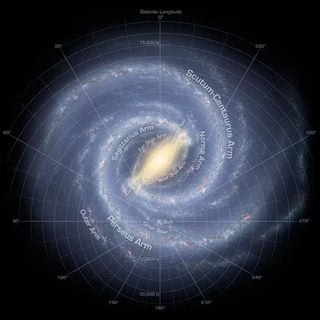This article was originally published at The Conversation. The publication contributed the article to Space.com’s Expert Voices: Op-Ed & Insights.
According to astronomy, when you wish upon a star you’re a million years too late. The star is dead, just like your dreams.
@robbnwa
When you wish upon a star, Jiminy Cricket told us, your dreams come true. But according to an idea doing the rounds on social media, that may not be the case:
@robbnwa
♬ original sound – mother of heathens
Is that really true? Did Jiminy Cricket lie to us?
As an astronomer, I’m happy to say that the stars we can see in the night sky are a lot closer and live a lot longer than you would think. It’s pretty unlikely you’ve accidentally wished upon a star that’s already dead.
Stars are closer than you think
When someone hits you with the depressing factoid that the stars we wish on are already dead, they usually start by saying something about how the stars are “millions of light years away”. This means the light from the star has been travelling for millions of years to reach your eyes, so by now the star is millions of years older and – supposedly – most likely dead.
But the stars you’re wishing on probably aren’t that far away. All the stars we can see with our eyes are inside our galaxy, the Milky Way. The Milky Way is approximately 100,000 light years across, and our Solar System is about 26,000 light years from the centre of the galaxy.
So if we could see the stars at the very far edge of the galaxy, they’d still only be about 74,000 light years away. That’s nowhere near a million light years away, let alone “millions of light years.”
Visible stars are even closer
In practice, the stars we can see aren’t even that far away. On a dark night, with no moon and with good vision (which rules me out), the faintest star we can see with our eyes has a brightness of around 6.5 magnitudes.
Brighter stars have lower magnitudes, and dimmer stars have higher ones. The brightest star in the Southern Cross has a magnitude of 0.8 while the faintest star in the Southern Cross has a magnitude of 3.6.
The visible brightness limit of 6.5 magnitudes means we can only see stars out to around…
Click Here to Read the Full Original Article at Latest from Space…

